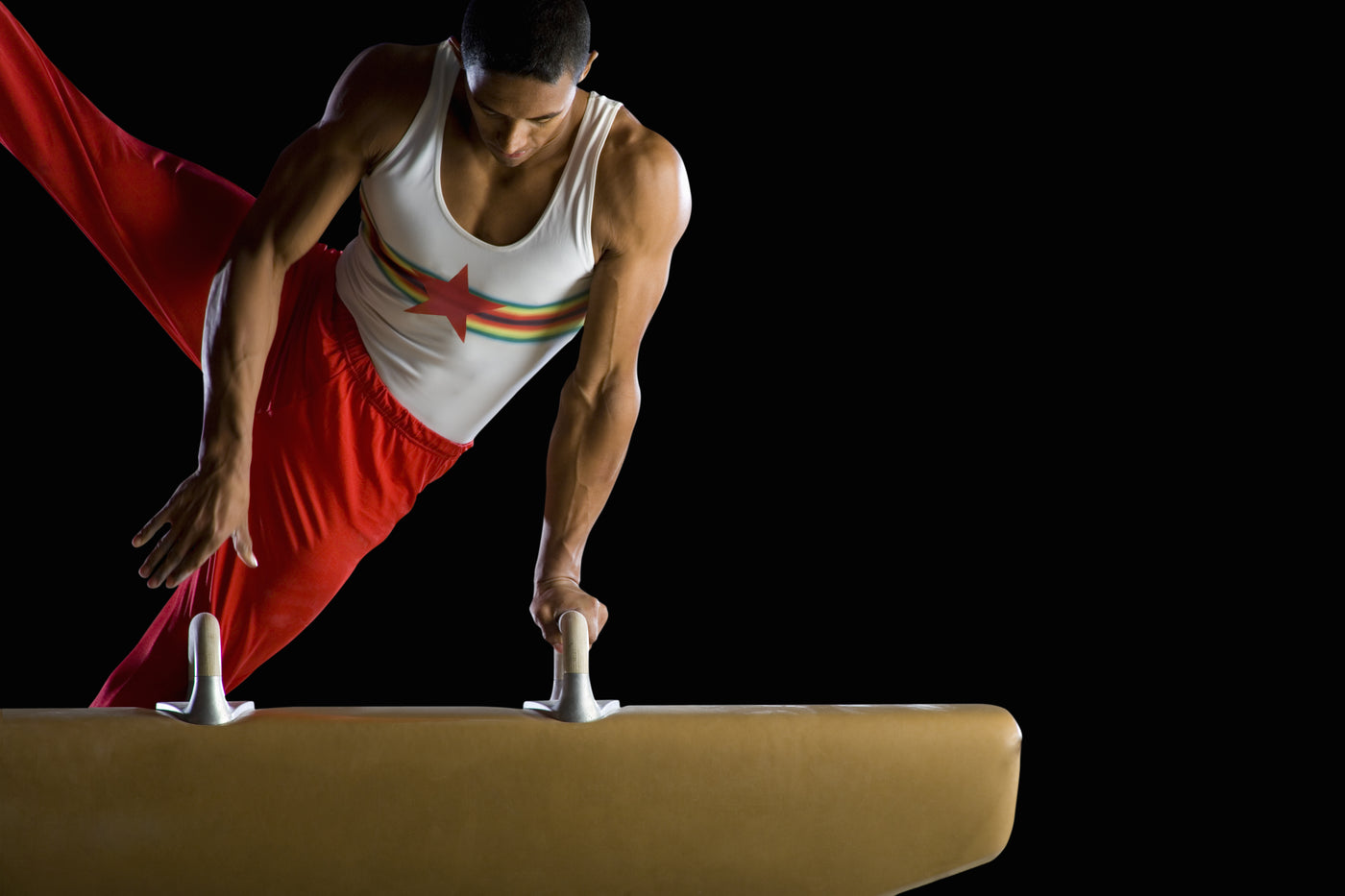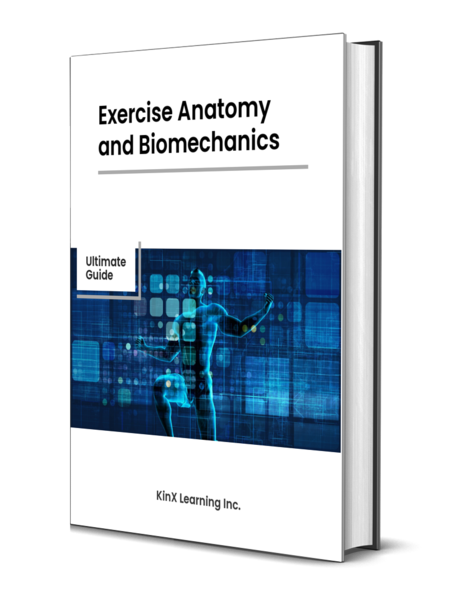Exercise Anatomy
Machine Overhead Press
The Machine Overhead Press is a valuable upper-body exercise that targets the shoulders and triceps. It offers a controlled and guided motion, making it beginner-friendly and reducing the risk of injury. The machine's fixed pathway helps isolate the targeted muscles, promoting proper form and muscle engagement. Incorporating the Machine Overhead Press into your workout routine can enhance shoulder strength, improve muscle endurance, and contribute to a well-rounded upper-body development. Whether you're a novice or an experienced lifter, this exercise provides a safe and effective way to build upper-body strength and achieve well-defined shoulders.

Major Muscles and Actions Involved
The Machine Overhead Press primarily involves the joint action of shoulder abduction and extension. As you push the weight overhead in a controlled manner, the exercise targets the deltoid muscles, particularly the anterior and lateral deltoids. Additionally, the trapezius, triceps brachii, and various stabilizing muscles in the upper back and core contribute to the movement. The guided pathway of the machine helps isolate these muscle groups, ensuring a focused and effective workout for shoulder development and overall upper-body strength.

Sports Uses
The Machine Overhead Press proves beneficial for individuals engaged in various sports that demand upper-body strength and stability. Athletes involved in sports like basketball and volleyball, where overhead movements are frequent, can enhance their performance by developing the shoulder strength necessary for shooting, spiking, and serving. Additionally, the exercise can be advantageous for swimmers, providing them with the shoulder endurance needed for powerful strokes. Gymnasts, who rely on upper-body strength for maneuvers such as handstands and dismounts, can also benefit from the focused muscle engagement provided by the Machine Overhead Press. Whether you're pursuing sport-specific goals or aiming for overall upper-body fitness, incorporating this exercise into your routine can contribute to improved strength and performance in various athletic endeavors.
Exercise Tips
- Mind Your Posture: Sit with your back firmly against the machine's backrest, maintaining a neutral spine. This ensures a stable base during the Machine Overhead Press.
- Full Range of Motion: Extend your arms fully overhead without locking your elbows, ensuring a complete range of motion for optimal muscle engagement.
- Adjust the Weight Accordingly: Start with a moderate weight to master the form. As you progress, increase the resistance gradually while maintaining control over the movement.
- Grip Placement Matters: Place your hands on the handles with a grip slightly wider than shoulder-width apart. Experiment with grip variations to find the most comfortable and effective position for your shoulders.
- Variety Adds Value: Explore different Machine Overhead Press machines or attachments to target muscles from various angles. This helps promote well-rounded shoulder development.
- Engage the Core: Keep your core muscles engaged throughout the exercise to provide stability and protect your lower back.
- Breathe Consistently: Inhale as you lower the weight and exhale as you press it overhead. Controlled breathing enhances stability and focus during the lift.
- Mindful Muscle Engagement: Concentrate on contracting your deltoids and triceps during the upward phase of the lift. This ensures that the targeted muscles are actively involved throughout the movement.
- Avoid Overarching: Prevent excessive arching of your back by maintaining a stable posture. Squeeze your glutes and ensure your lower back remains in contact with the backrest.
- Gradual Progression is Key: Focus on consistent progression rather than lifting excessively heavy weights. This approach helps build strength effectively while reducing the risk of injury.
ChatGPT can make mistakes. Consider checking import
Machine Overhead Press vs Miltary Press
The machine overhead press offers targeted resistance with a guided range of motion, ideal for beginners and those focusing on isolation. In contrast, the military press, a classic free-weight exercise, demands greater stabilization, engaging more muscle groups for a comprehensive strength workout. Choose the best fit for your fitness goals and preferences

Want to Learn More?
Try our premium ebook, Exercise Anatomy and Biomechanics: Ultimate Guide.
Satisfaction guaranteed.
